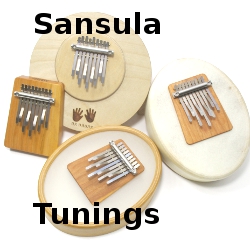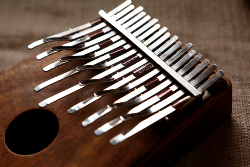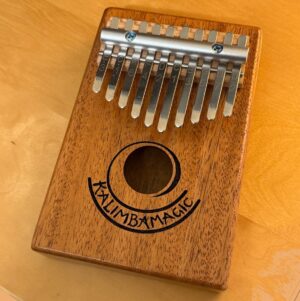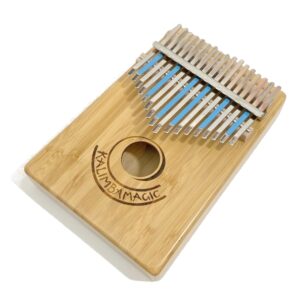
TIP: Exploring Sansula Tunings – p1 – What is a Sansula?
All sansulas have nine tines, four of them bent upward Renaissance Sansula product page Kalimba Magic started making the first alternative sansula tunings many years ago, and we are the only people to have made instructional materials for the sansula and its alternative tunings. This series of tips is an overview of Kalimba Magic’s sansula tunings and related instructional materials. We start our series of tips with the nuanced question: “What is a sansula?” This used to be a much simpler question. When Peter Hokema invented the sansula, it had four main properties: it was a 9-note kalimba with four of the tines bent upward into a second row; the kalimba was






